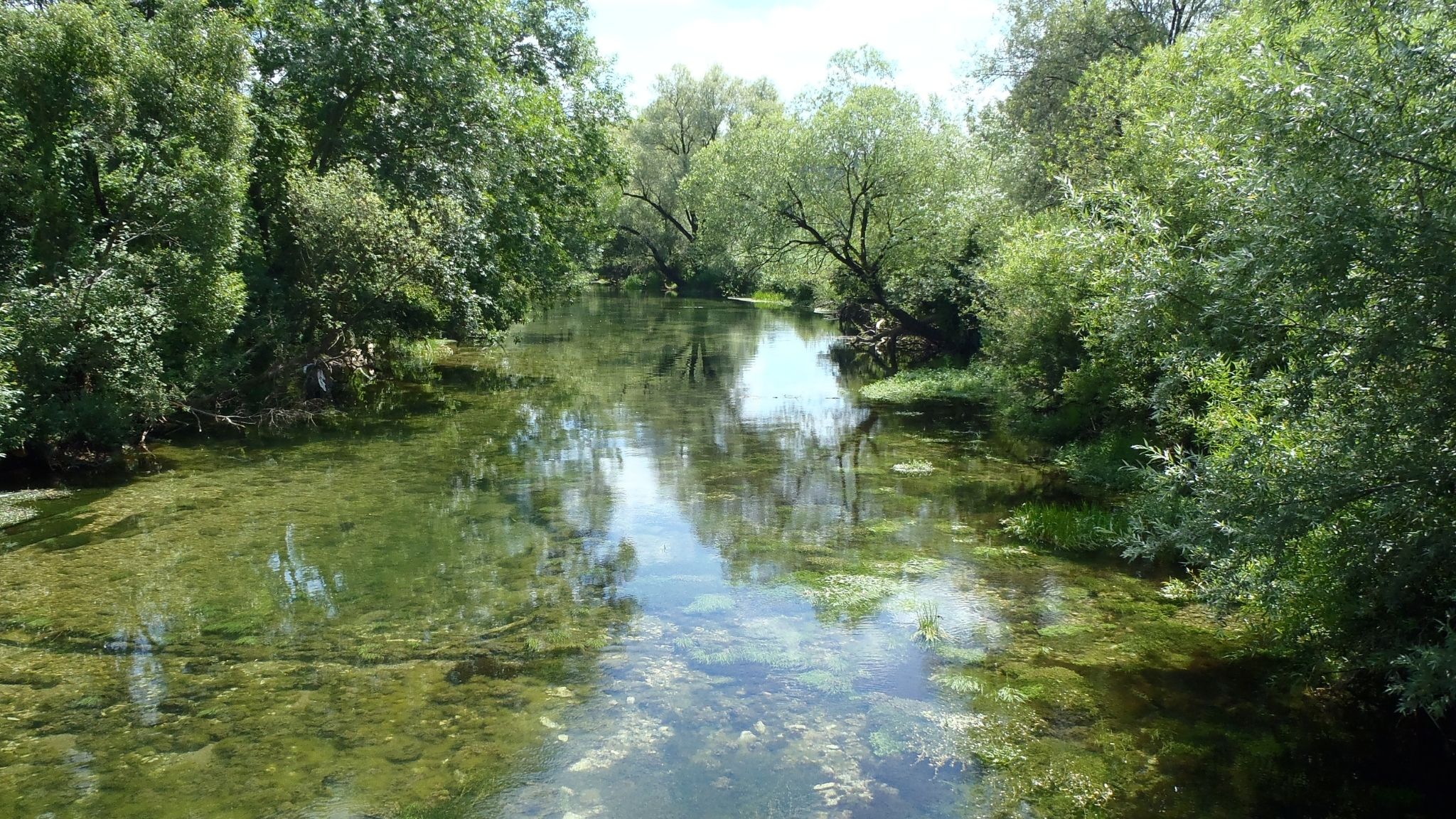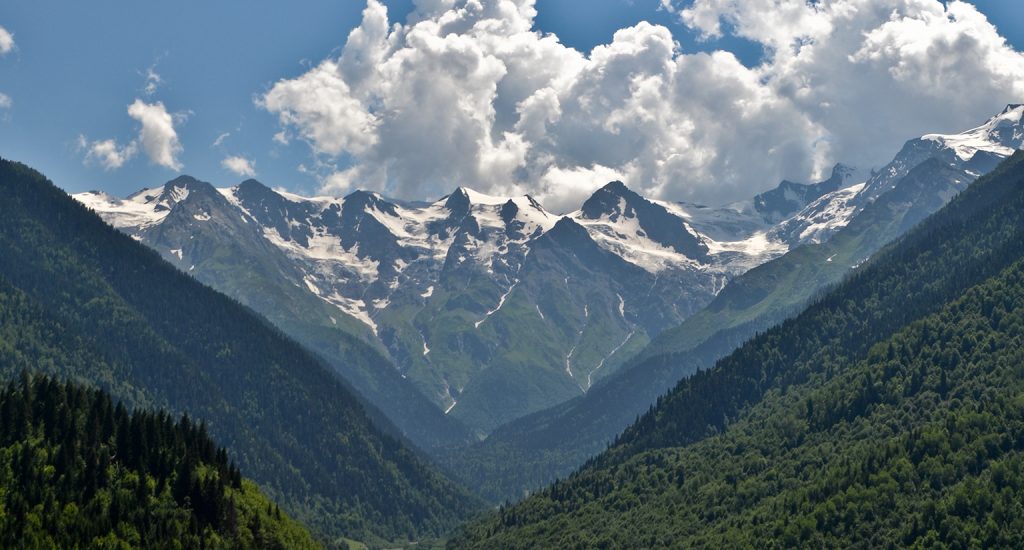The countries of the Energy Community Treaty have diverse energy mixes, but hydropower has traditionally played a strong role in many of them. Albania is almost completely reliant on dams for its domestic electricity generation, followed by Georgia with an average of 80 per cent of electricity generated by hydropower and Montenegro with an average of 55 per cent.

Stay informed
We closely follow international public finance and bring critical updates from the ground.
Background
The countries of the Energy Community Treaty have diverse energy mixes, but hydropower has traditionally played a strong role in many of them. Albania is almost completely reliant on dams for its domestic electricity generation, followed by Georgia with an average of 80 per cent of electricity generated by hydropower and Montenegro with an average of 55 per cent.
But what started as a strength is becoming a liability. More and more erratic rainfall is exposing how vulnerable hydropower is to climate change, while its damaging impacts on biodiversity, groundwater and sediment transportation are becoming better understood.
This has not stopped decision-makers’ zealous plans to develop the sector, including in countries like Ukraine hydropower has not traditionally played a major role. Decades-old projects are still being pushed against all economic and environmental logic, while a rash of small hydropower plants driven by feed-in tariff schemes has destroyed rivers and streams across southeast Europe.
The good news is that there are alternatives, with lower costs for the environment and also, increasingly, for the public purse, and that resistance to the unnecessary destruction of life-giving rivers is increasing day by day.
IN FOCUS
Latest news
Kambarata hydropower project: greater scrutiny from international banks is needed
Blog entry | 19 December, 2025Kyrgyzstan is promoting the massive 1,860 MW Kambarata-1 Hydropower Plant (HPP) as a solution to its ongoing energy crisis. The project, a joint effort with Uzbekistan and Kazakhstan on Naryn River, is actively seeking funding from international financial institutions like the World Bank, the European Bank for Reconstruction and Development (EBRD) and the European Investment Bank (EIB).
Read moreAlbania’s Skavica dam can’t get off the ground – time to finally cancel it!
Blog entry | 24 November, 2025The highly damaging hydropower project could hardly have had stronger political support at its inception, with the country’s parliament passing a special law in 2021 to appoint U.S. construction giant Bechtel as the main contractor. But four years later, the project has stagnated, with no environmental permit and no financing.
Read moreRomania’s Parliament paves the way for environmental destruction and ‘foreign agent’ repression
Blog entry | 20 October, 2025Romania stands at a dangerous crossroads. Last week, a law initiated by the senator Daniel Zamfir in 2022 and already then rejected by the Senate, passed by a crushing majority (262–33) in the decisive Deputies Chamber.
Read moreRelated publications
Flagships or red flags? Risks of proposed flagship infrastructure projects under the Economic and Investment Plan for the Western Balkans
Briefing | 24 March, 2022 | Download PDFUnder the European Commission’s October 2020 Economic and Investment Plan for the Western Balkans, the Instrument for Pre-Accession (IPA) is set to provide grants worth EUR 9 billion, with up to EUR 20 billion more in investments leveraged through the Western Balkans Guarantee Facility. Western Balkan governments have proposed projects for financing in ten Flagship areas for investment. The list of these proposed projects contains many which appear reasonable and much-needed, but many others are not in line with EU policy and/or legislation and must not be funded with EU money. This briefing provides an overview of selected projects that have been nominated by governments but which are not in line with EU policy and/or legislation.
Update to the Bern Convention on the Complaint No. 2016/09 – Possible threat by hydropower to “Svaneti 1” Candidate Emerald Site
Official document | 22 February, 2022 | Download PDFThe Svaneti 1 Candidate Emerald site in Georgia is threatened by the decision of the Georgian government to reduce its size for construction of the 280 MW Nenskra Hydro Power Plant (HPP) project. This is an update by the complainants on the Complaint No. 2016/9 – Possible threat to “Svaneti 1” Candidate Emerald Site who request an on-the-spot appraisal mission by the Bern Convention to Georgia, in order to investigate the threats to rivers that were recorded by Bankwatch during its fact-finding mission in July 2021.
Public money vs. pristine rivers
Study | 21 October, 2021 | Download PDFAs the EIB revises its Environmental and Social Standards, this report presents eight hydropower schemes in central and eastern Europe either financed or under consideration by the Bank. The projects – some financed directly and others via intermediari




